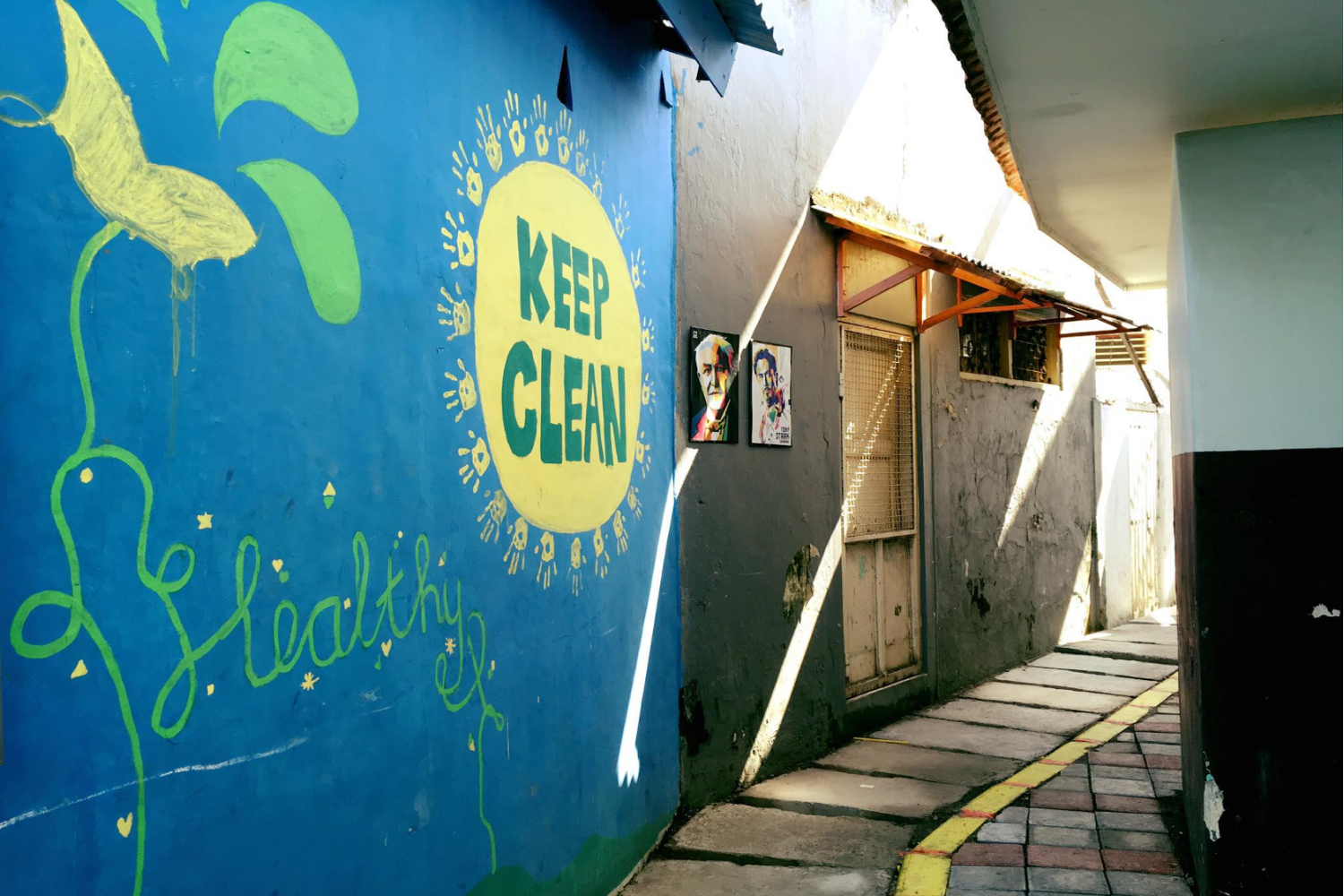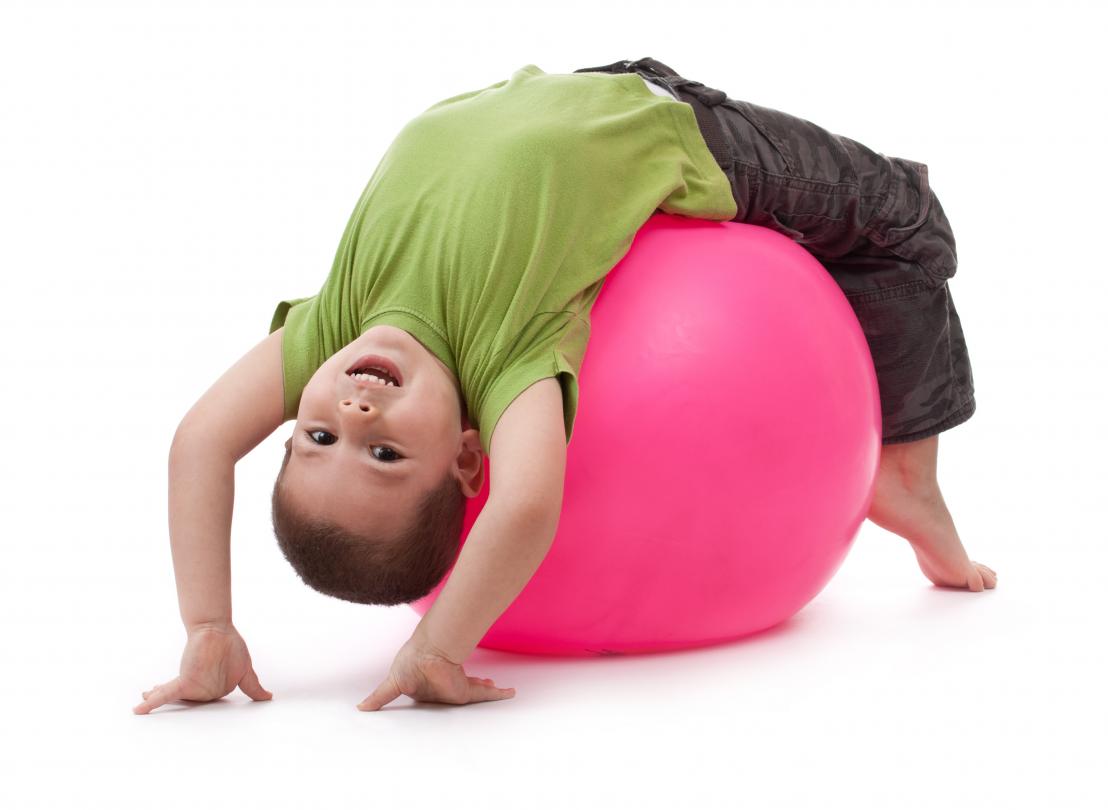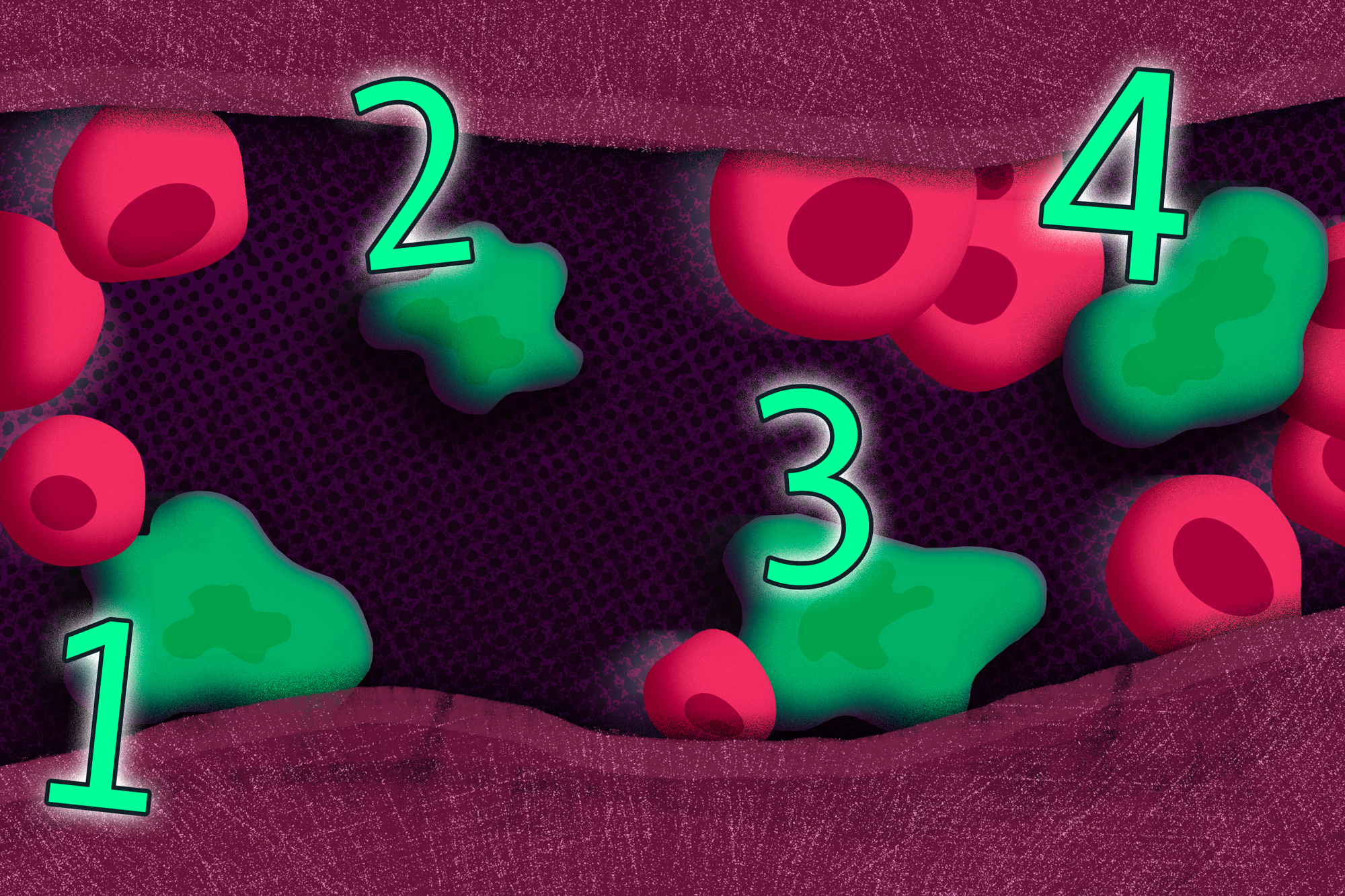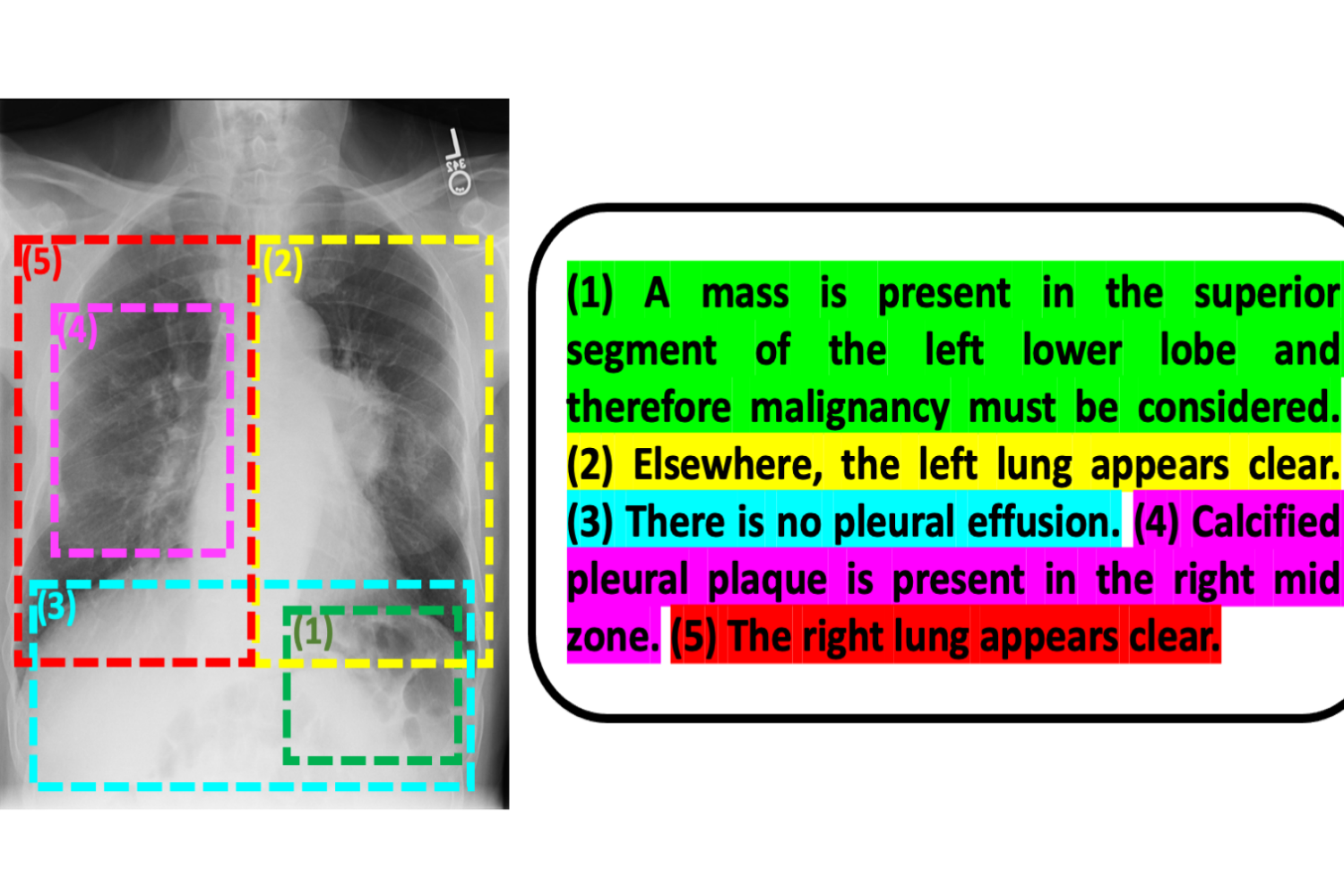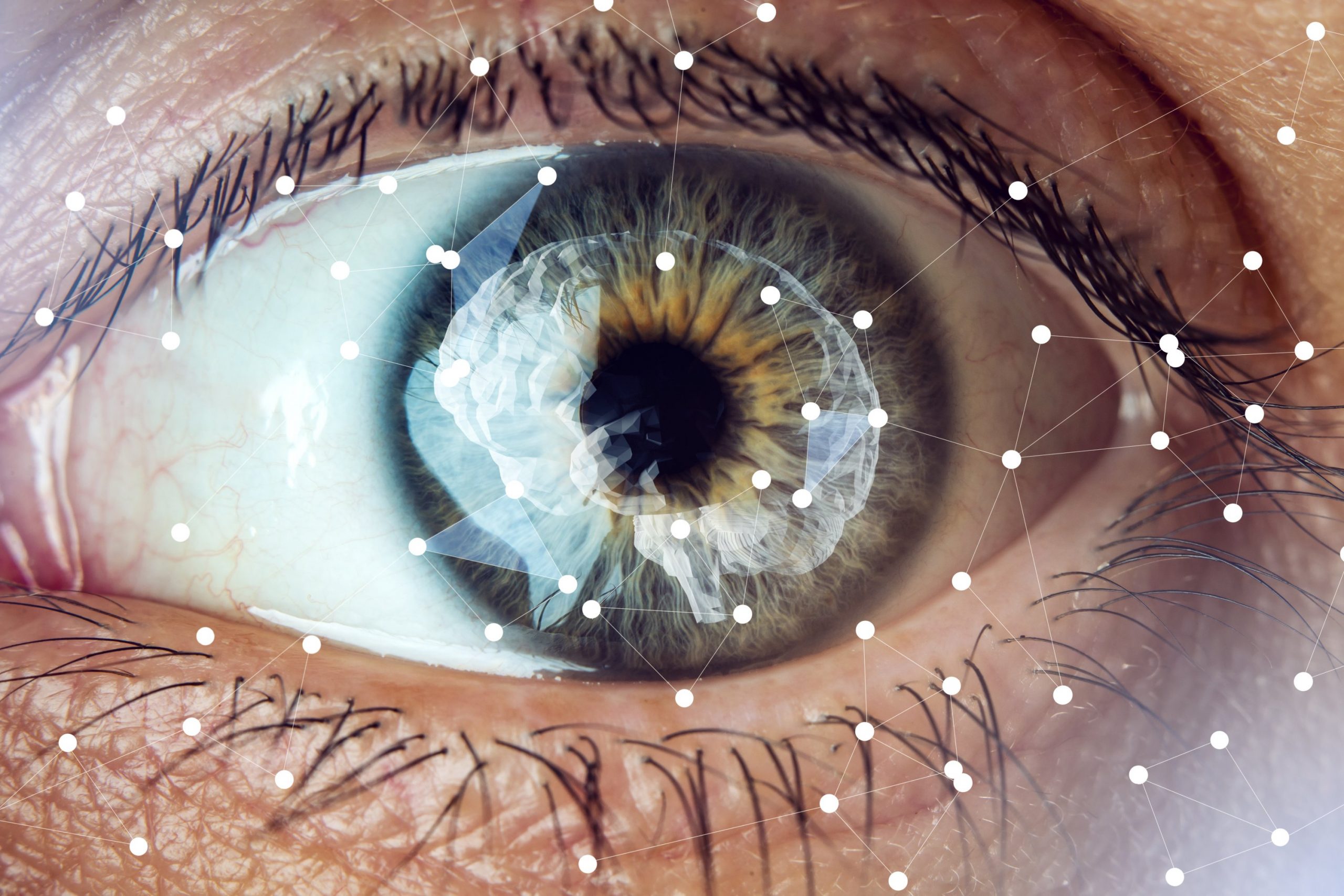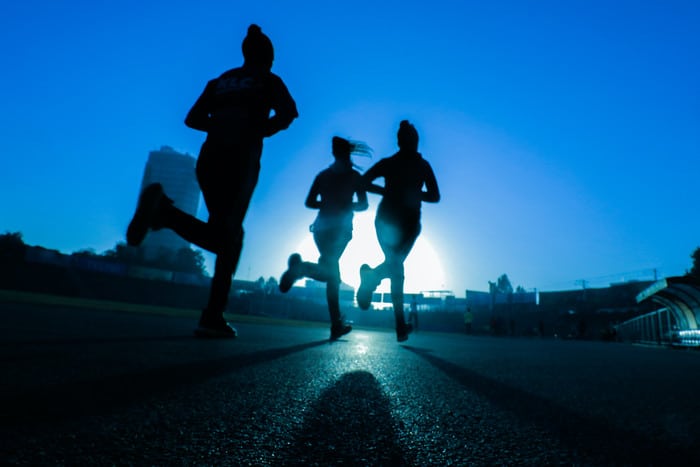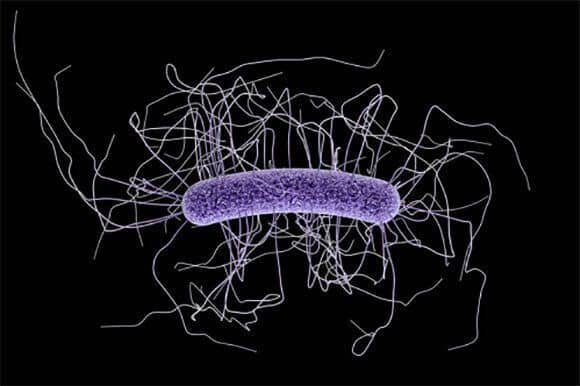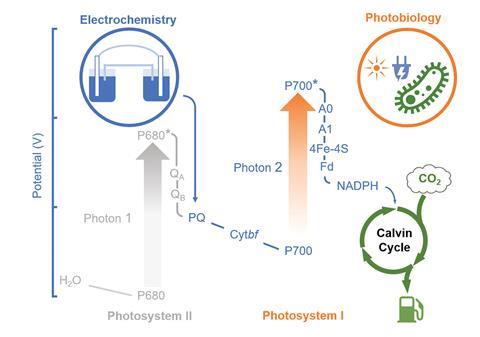The share of federal spending on infrastructure has reached an all-time low, falling from 30 percent in 1960 to just 12 percent in 2018. While the nation’s ailing infrastructure will require more funding to reach its full potential, recent MIT research finds that more sustainable and higher performing roads are still possible even with today’s […]
Read More
